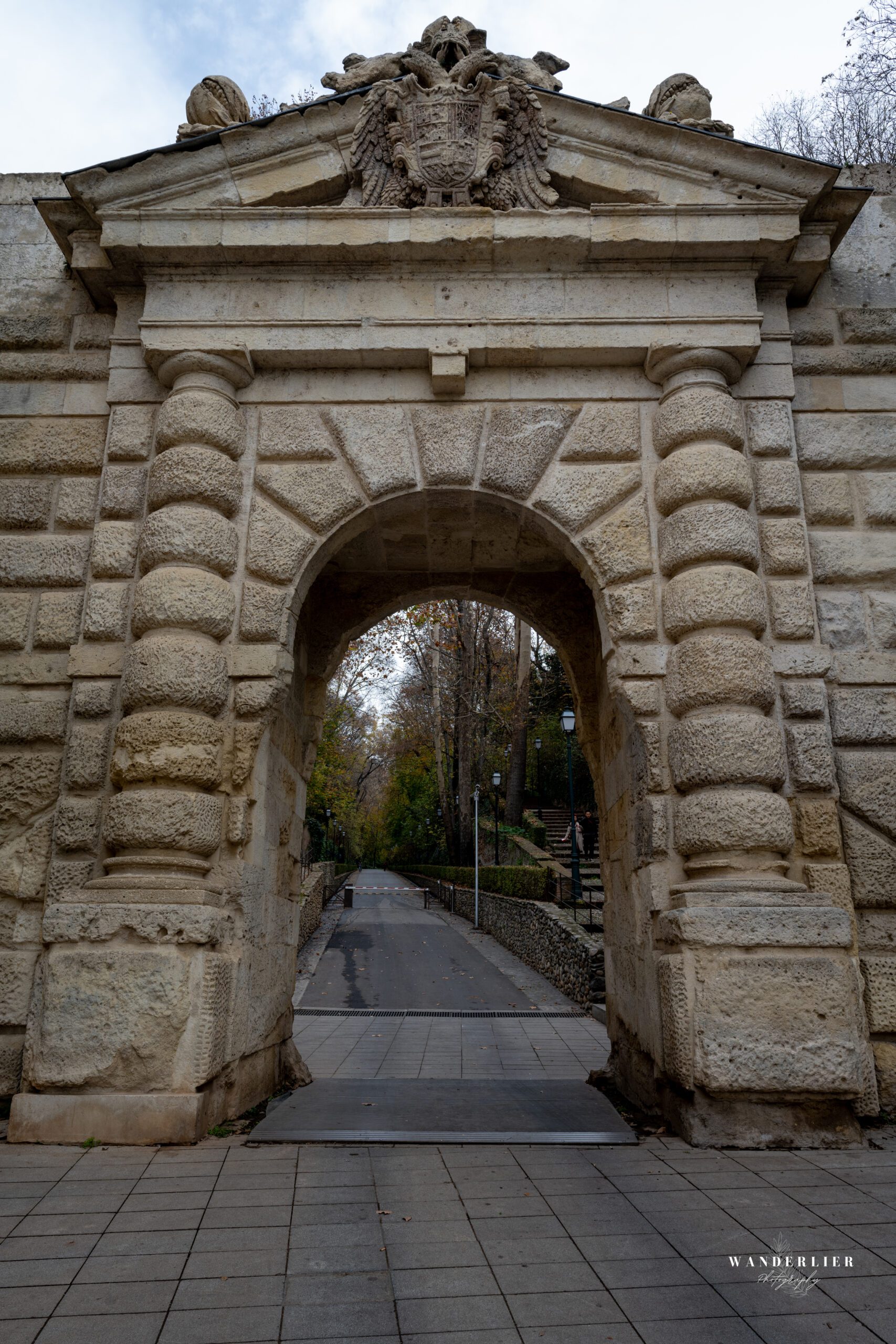The Granada Cathedral
The Granada Cathedral, officially the Catedral de Santa María de la Encarnación, is a masterpiece of Gothic and Renaissance architecture that dominates the cityscape of Granada. Built on the former site of a Moorish mosque, it represents the triumph of the Catholic kingdom after the Reconquista.
Construction began in 1523 and lasted nearly two centuries, with several architects contributing to the impressive design. The cathedral features an imposing façade with intricate details, while the interior exudes grandeur with its high vaults and pillars.
A notable feature of the cathedral is the Capilla Real, the Royal Chapel, where the Catholic Monarchs Ferdinand II of Aragon and Isabella I of Castile are buried. The chapel is a beautiful example of Spanish Renaissance style, with an elegant dome and artwork that reflects the history of Spain.
The altarpiece, created by the Flemish artist Alonso Cano, is a baroque masterpiece that captures attention with its detailed sculptures and vibrant colors. The sacristy of the cathedral also houses a rich collection of religious art and liturgical objects.
The Granada Cathedral is not only a religious center but also a cultural and historical symbol. Visitors can climb the cathedral’s tower for breathtaking views of Granada and the nearby Alhambra.
The contrast between the Gothic and Renaissance elements in the architecture reflects the evolution of styles throughout the construction period. The cathedral remains a lively place, with regular religious services and cultural events that reflect the rich heritage of Granada.
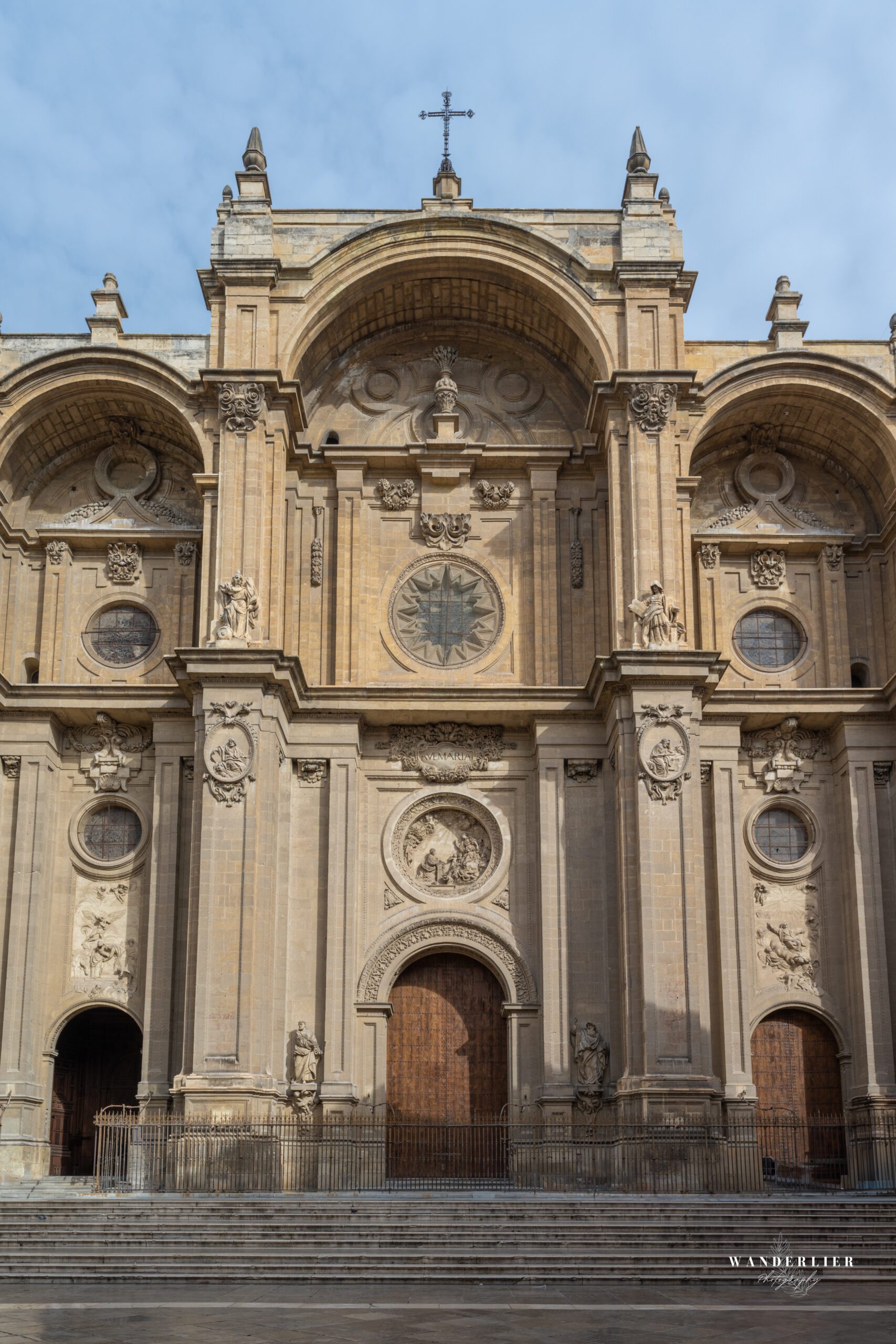
Iglesia Parroquial del Sagrario
The Iglesia Parroquial del Sagrario, located in the heart of Granada, is a spiritual and architectural gem that embodies a rich history. The church is part of the Royal Chapel complex, and, together with the Granada Cathedral, forms an essential part of the city’s religious heritage.
Construction of the Iglesia Parroquial del Sagrario began in the 17th century as an addition to the adjacent cathedral. The design showcases a transitional style between late Gothic and Baroque architecture, with beautiful details that capture the attention.
The church’s façade, with its imposing portals and impressive columns, exudes a dignified simplicity. The interior, on the other hand, surprises with lush ornaments, graceful vaults, and a harmonious combination of marble and gold.
One of the most striking elements of the church is the altarpiece, a Baroque masterpiece created by the sculptor and architect Alonso Cano. The altarpiece is a breathtaking example of craftsmanship, featuring several statues of saints and religious scenes.
The sacristy of the Iglesia Parroquial del Sagrario houses an extensive collection of religious art, including paintings and liturgical objects that highlight the spiritual significance of the church. Additionally, the church has a museum that is open to the public, offering a fascinating glimpse into the artistic treasures of the parish.
The church remains an active center of worship, with regular Masses and liturgical celebrations. Visitors can also enjoy the peaceful atmosphere of the courtyard, surrounded by arcades and adorned with colorful azulejos, where they can reflect on the spiritual and cultural importance of this historic site.
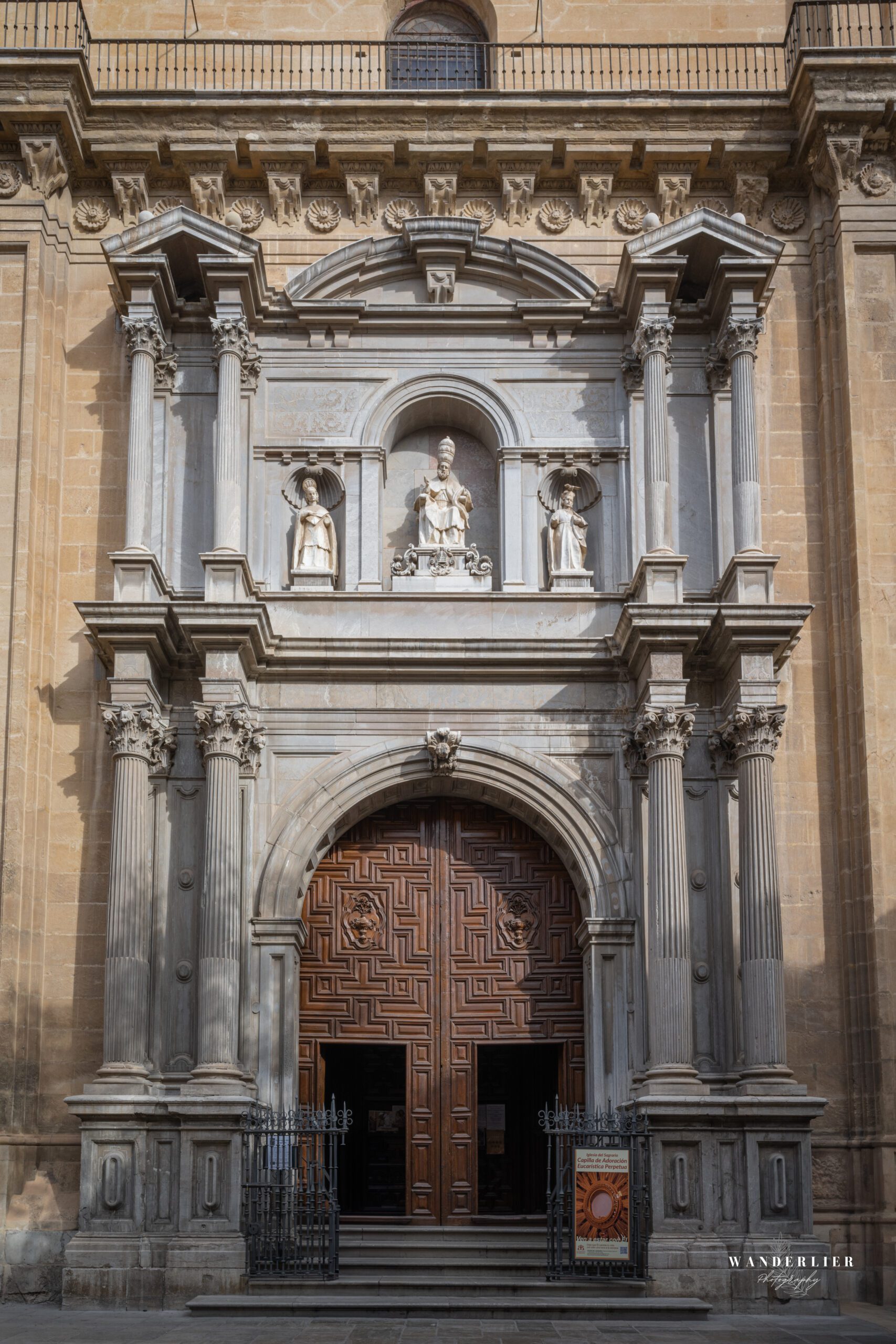
Alhambra
The Alhambra, located on a hilltop in Granada, is a Moorish masterpiece that has captivated the imagination of visitors for centuries. Built in the 13th century, the complex embodies the peak of Moorish art and architecture.
The Nasrid Palace, a jewel of the Alhambra, exudes the splendor of Islamic aesthetics with its finely detailed stucco work, lush tile mosaics, and unparalleled courtyards, such as the famous Patio de los Leones (Court of the Lions).
The Alcazaba, the oldest part of the complex, served as a military fortress and offers impressive views over Granada and the surrounding mountains. The defensive structures, such as the Torre de la Vela (Tower of the Watch), stand as a testament to the strategic genius of the Moorish builders.
The Generalife gardens and the Generalife Palace, once the summer residence of the Nasrid sultans, reflect the Moorish love of nature and water, with terraces, fountains, and tree-lined avenues creating an oasis of tranquility.
The Patio de los Arrayanes (Court of the Myrtles) and the Court of the Myrtles are other highlights that reflect the grandeur of the Alhambra. The graceful arches, columns, and reflective ponds create a serene atmosphere.
The Christian Palace of Charles V, built in the 16th century, adds a Renaissance element to the Alhambra, with its classical colonnade and round courtyard.
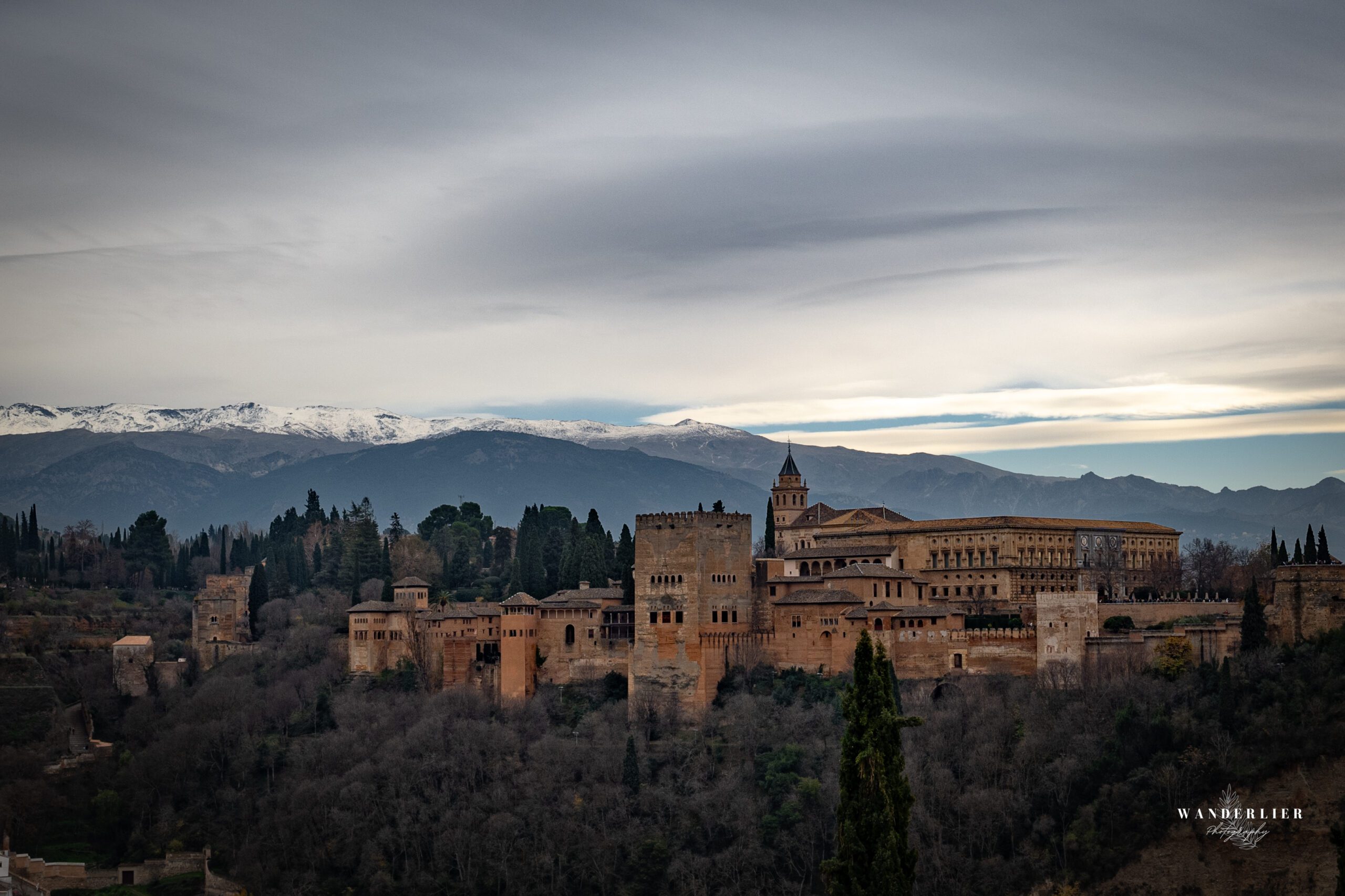
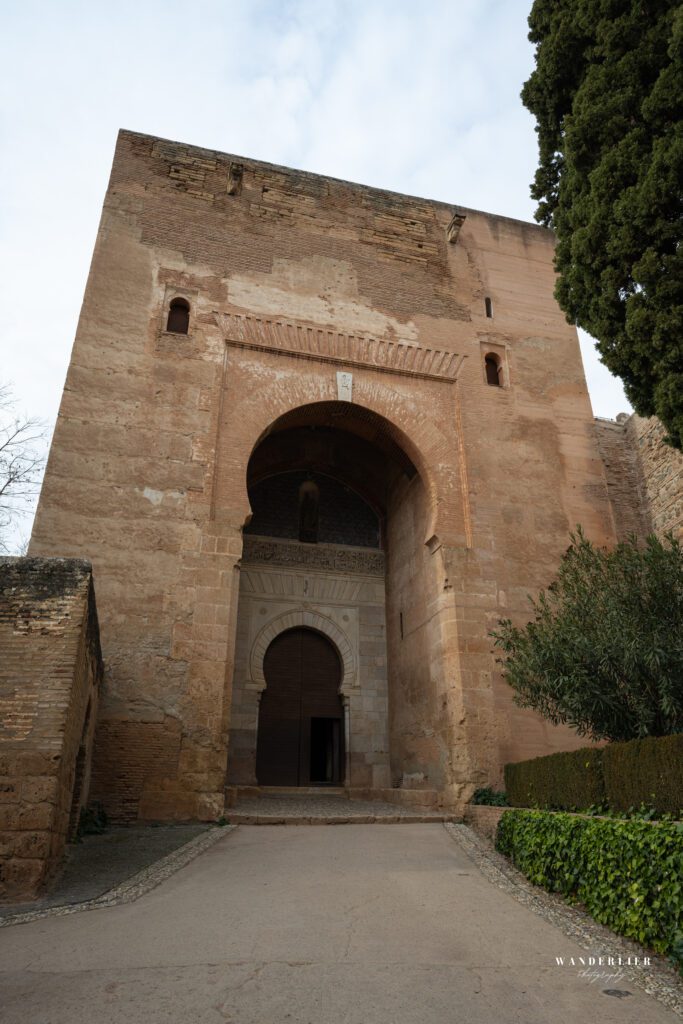
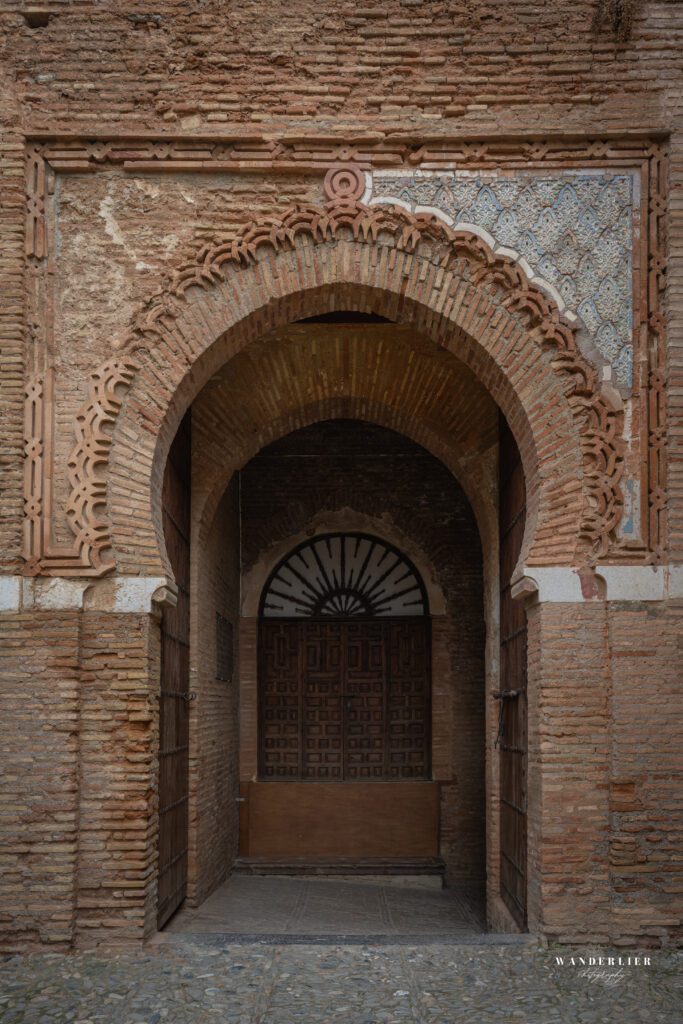
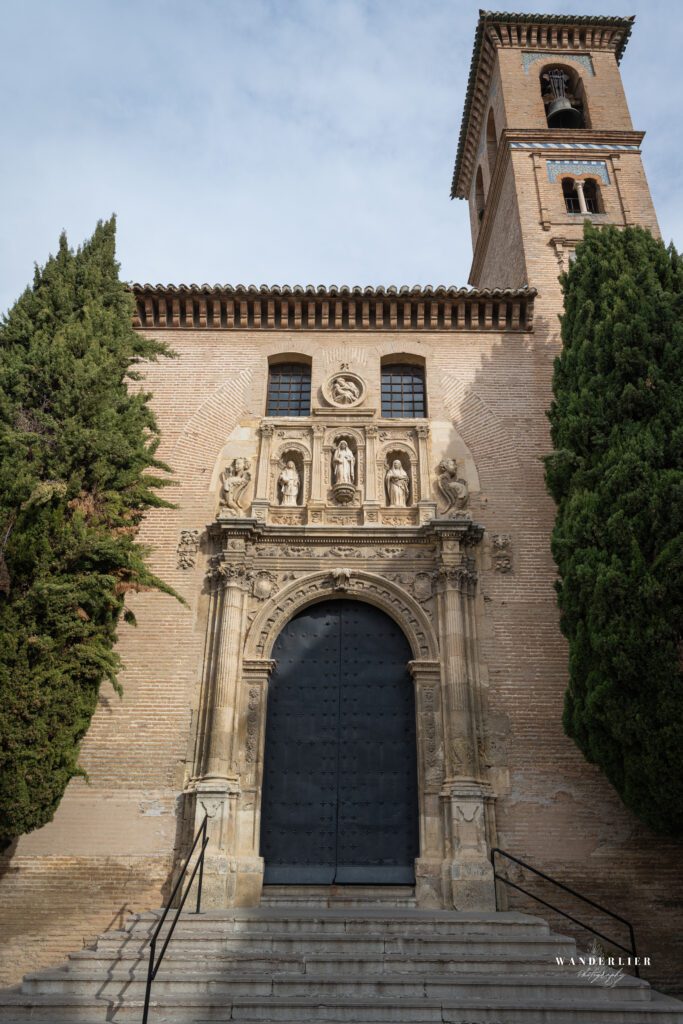
Palacio de la Real Chancillería
The Palacio de la Real Chancillería, located in the historic center of Granada, is an architectural masterpiece that has played a crucial role in Spanish legal history. Built in the 16th century under the reign of Emperor Charles V, it served as the royal court of justice for the region.
This imposing Renaissance palace is known for its elegant and symmetrical architecture, with a façade characterized by beautiful details such as columns, arches, and decorative reliefs. The palace was designed by architect Diego de Siloé and is a striking example of the transition from Gothic to Renaissance style.
The interior of the Palacio de la Real Chancillería is equally impressive, with lush courtyards, vaulted corridors, and splendid ceiling paintings. The central courtyard, the Patio de los Mármoles, surrounded by colonnades with detailed sculptures, exudes an atmosphere of royal grandeur.
The Chancillería served as a judicial center where important legal matters were handled. It was the seat of the Royal Court of Justice, playing a pivotal role in the legal system of the Spanish Empire.
A notable feature of the palace is the chapel, the Capilla Real, which served as the royal burial place. Here, several members of the royal family are buried, including Queen Isabella I of Castile and King Ferdinand II of Aragon.
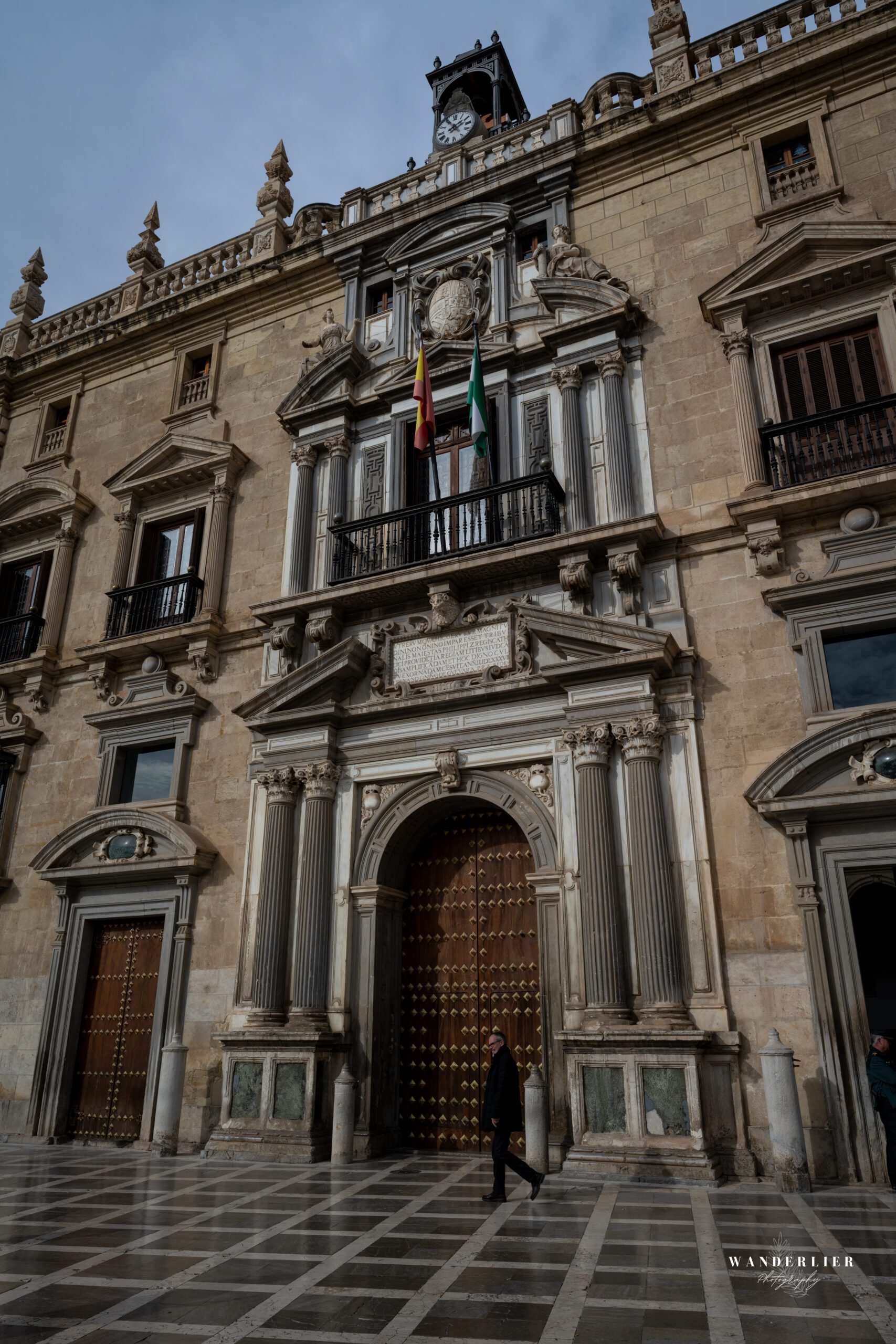
Puerta de las Granadas
The Puerta de las Granadas in Granada, located at the end of the Paseo de los Tristes, is a historic city gate that symbolizes the transition from Moorish to Christian rule. Built in the 16th century, this gate is rich in significance and provides a beautiful gateway to the enchanting Albaicín district.
The architectural design combines Moorish and Renaissance influences, with elegant arches and refined decorative details. It is a masterpiece that reflects the heritage of Granada.
The name “Granadas” refers to pomegranates, the symbol of Granada, and the gate opens onto the Carrera del Darro, a picturesque street along the Darro River. Here, the past comes to life with winding alleys, whitewashed houses, and views of the majestic Alhambra.
The Puerta de las Granadas serves as a poetic transition to the Albaicín, a maze of narrow streets and squares steeped in history. It offers a breathtaking view of the Alhambra and invites a journey through time.
The gate is filled with symbolism, and its imposing presence forms an essential part of Granada’s cultural heritage. It is not only a physical passage but also a gateway to the city’s rich history, cultural legacy, and enchanting charm.
